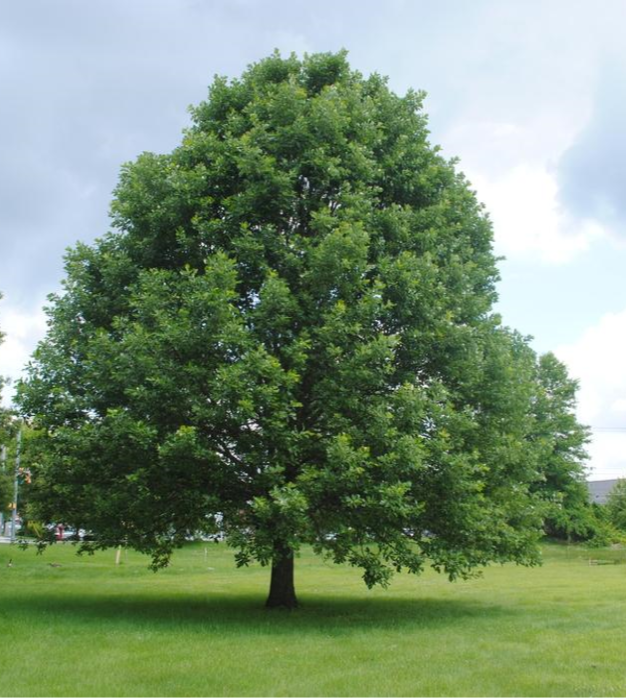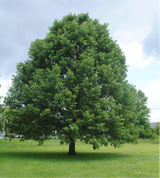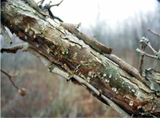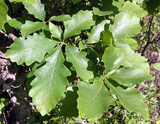- 2024 Native Trees
- >
- Native Trees
- >
- Swamp White Oak (Quercus bicolor)
Swamp White Oak (Quercus bicolor)
Height: 50 to 60 feet
Spread: 50 to 60 feet
Sun: Full sun to part shade
Suggested: Shade Tree, Wildlife, and Rain Garden
Tolerate: Wet Soils
Growth Rate: Fast
Native to: Jefferson County
The Swamp White Oak ranks among one of the grand trees in the boggy swamps and river bottoms of the area.
Smaller in stature than its cousin the White Oak (Quercus alba) the Swamp White Oak is a fantastic tree for the landscape. Tolerant of many conditions it is best suited for the swampy bottomlands even though it ironically can withstand drought conditions.
The branches of the tree are rigid and provide some visual interest. The most distinctive feature of the swamp white oak is the branches peeling bark. The leaves are a dark rich green on top and a silvery white beneath. When caught in the afternoon breeze the tree provides great visual impacts.
The Swamp White Oak is a fast grower as far as oaks are concerned and are noted from going from seedling to 25 foot in 15 years. It is a durable and long-living tree which can have a lifespan up to 300 years.
The Iroquois ate the fat acorns of the swamp white oak just as they ate the white oak acorns. Medicinally, they used the bark of the swamp white oak to treat cholera, tuberculosis, broken bones, and the lonesomeness a man feels when his wife runs away.
As lumber, swamp white oak is often a little knottier than white oak, but the two are not usually differentiated, both are valued for their hardness, durability, and moderate price, making them excellent candidates for flooring, cabinetry, furniture, and trim. Like white oak, swamp white oak is used by coopers in the construction of water-tight barrels. However, since it seldom occurs in large stands, swamp white oak is rare in the lumber market; less than 1% of white oak on the market is swamp white oak.
The Swamp White Oak is a host tree to 477 species of butterflies and moths making it the largest host species in Jefferson County. The acorns are highly prized by wildlife with large crops appearing every 2-5 years. Deer are noted to not bother the tree too much, but will occasionally pluck a shoot or scrape a trunk. Wood ducks and herons are fond of nesting in the trees. ■






